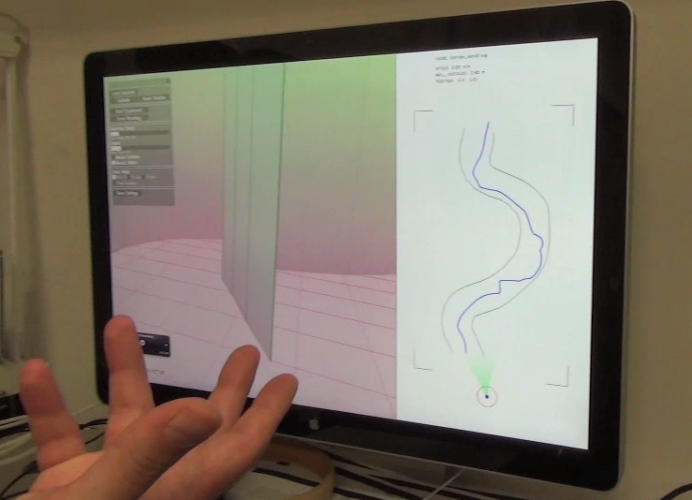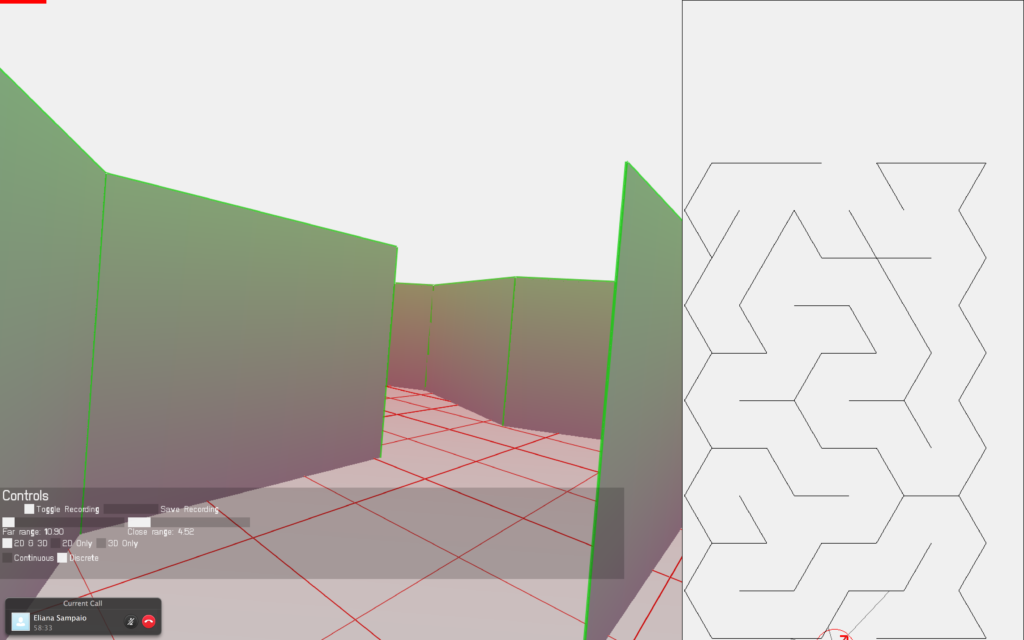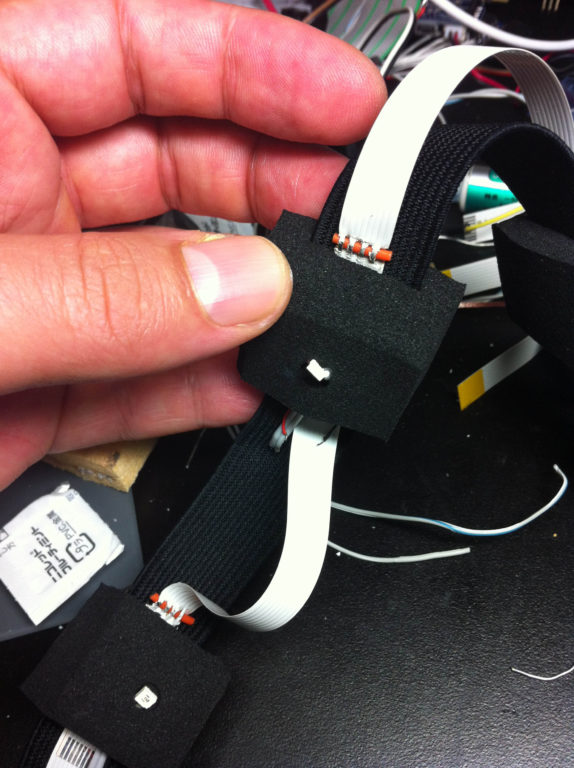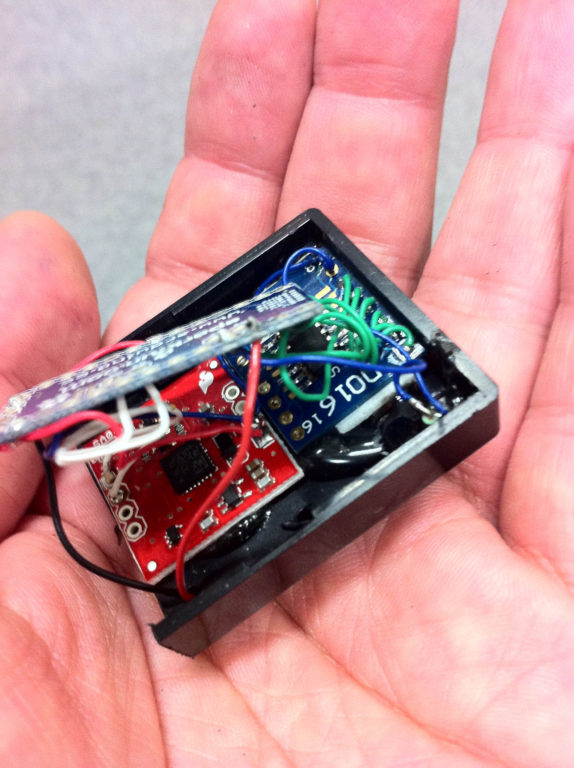Visually impaired people increasingly use computers in everyday life, thanks to novel assistive technologies better tailored to their cognitive functioning. Like sighted people, many are interested in computer games – videogames and audio-games. Tactile-games are beginning to emerge. The Tactile Radar is a device through which a visually disabled person is able to detect distal obstacles. In this study, it is connected to a computer running a tactile-game. The game consists in finding and collecting randomly arranged coins in a virtual room.
The study was conducted with nine congenitally blind people including both sexes, aged 20–64 years old. Complementary methods of first and third person were used: the debriefing interview and the quasi-experimental design. The results indicate that the Tactile Radar is suitable for the creation of computer games specifically tailored for visually disabled people. Furthermore, the device seems capable of eliciting a powerful immersive experience. Methodologically speaking, this research contributes to the consolidation and development of first and third person complementary methods, particularly useful in disabled people research field, including the evaluation by users of the Tactile Radar effectiveness in a virtual reality context.
Despite the growing interest in virtual games for visually disabled people, they still find barriers to access such games. Through the development of assistive technologies such as the Tactile Radar applied in virtual games, we can create new opportunities for leisure, socialization and education for visually impaired people.

Papers:
- Virgínia Kastrup, Alvaro Cassinelli, Paulo Quérette, Niklas Bergstrom & Eliana Sampaio: Tactile Radar: experimenting a computer game with visually disabled, Disability and Rehabilitation: Assistive Technology, pp: 1-8, Sep 2017 (accepted 2015), DOI: 10.1080/17483107.2017.1378391
- A. Cassinelli, E. Sampaio, S.B. Joffily, H.R.S. Lima and B.P.G.R. Gusmão, Do blind people move more confidently with the Tactile Radar? IOS Press, Technology and Disability, Vol. 26, N.2-3, pp:161-170, (2014) [PDF-775KB]
- http://www.k2.t.u-tokyo.ac.jp/perception/HapticRadar/index-e.html
Resources:
- Software and Hardware (Github)
- Raw data from experiments.
- Media Gallery (pictures and videos)






